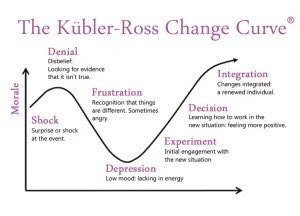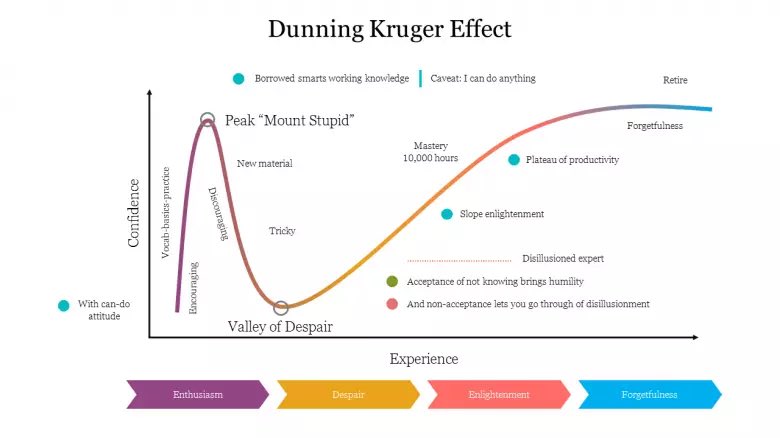I’ve had a lot of people DM me about Ajax.
I was involved a long time ago, I’m a proper civilian now, but here’s what I learned.
There are three fundamentals to grasp and then some art of the possible.
First, and most important, we need to assess what we think “harm” is.
I was involved a long time ago, I’m a proper civilian now, but here’s what I learned.
There are three fundamentals to grasp and then some art of the possible.
First, and most important, we need to assess what we think “harm” is.
People were dismissive of the first KC investigation as they felt his definition of harm was unrealistic. It wasn’t.
Operating AFVs, all day, in all weathers, is hugely demanding. Noise, heat, cold, rough terrain, over stimulation. It’s hard.
All of that is expected & normal
Operating AFVs, all day, in all weathers, is hugely demanding. Noise, heat, cold, rough terrain, over stimulation. It’s hard.
All of that is expected & normal
The fundamental problem is lack of human centric, legislation aware design. When JCB design their vehicles they produce a “pod” for the operator tbat is safe to operate from a noise, vibration and vision/safety POV.
If you’ve been in a modern combine, tractor, JCB you’ll feel it
If you’ve been in a modern combine, tractor, JCB you’ll feel it
Is this realistic in an AFV?
There are always compromises. But the military has trouble with “harm”.
“All AFVs are noisy and shake” of course. We should measure the noise at ear and total vibration, not just for soldiers, but also components like sensors, wear and durability.
There are always compromises. But the military has trouble with “harm”.
“All AFVs are noisy and shake” of course. We should measure the noise at ear and total vibration, not just for soldiers, but also components like sensors, wear and durability.
Defence has a very chequered past with taking hearing loss and protection seriously.
Scrapping the in-house research facility tbat looked after our ears, was probably not a good idea.
If hearing injuries has been broken legs - would people notice more quickly? I think yes.
Scrapping the in-house research facility tbat looked after our ears, was probably not a good idea.
If hearing injuries has been broken legs - would people notice more quickly? I think yes.
The problem is hearing is not replaceable or repairable. Once it’s gone. It’s gone. Add to that our normal age and environmental driven hearing loss, and you have a problem.
When I left the Army I had lost 22% of my hearing. I will be a lot more deaf. A lot more quickly.
When I left the Army I had lost 22% of my hearing. I will be a lot more deaf. A lot more quickly.
Second fundamental fixed beliefs.
“All AFVs are noisy and vibrate”
“I used to feel horrible in the back of xyz vehicle”.
Yes. All true.
BUT this is a £10M+ a copy modern AFV
It wasn’t designed in the 70/80 built in the 90s (Warrior/Challenger) this is now.
We expect more
“All AFVs are noisy and vibrate”
“I used to feel horrible in the back of xyz vehicle”.
Yes. All true.
BUT this is a £10M+ a copy modern AFV
It wasn’t designed in the 70/80 built in the 90s (Warrior/Challenger) this is now.
We expect more
What’s realistic?
We’ll take your pick of similar size weight AFVs. Puma, Redback, Lynx, CV90, Bradley, Warrior the list goes on.
NONE of these AFVs have a pattern of attributable harm or injury.
Disorientation - yes - injury - no.
We’ll take your pick of similar size weight AFVs. Puma, Redback, Lynx, CV90, Bradley, Warrior the list goes on.
NONE of these AFVs have a pattern of attributable harm or injury.
Disorientation - yes - injury - no.
Testing.
One of the investigations highlighted the lack of “entry standards” for land vehicles.
This means prototype builds and manufacturing can start before and without instrumented feedback.
Overlapping manufacturing before your testing and trials are complete is high risk
One of the investigations highlighted the lack of “entry standards” for land vehicles.
This means prototype builds and manufacturing can start before and without instrumented feedback.
Overlapping manufacturing before your testing and trials are complete is high risk
Is there a good root cause analysis of the source of vibration?
I don’t know. But there should be.
If that’s the case it needs to be designed out.
Not just with a more comfortable ride for soldiers, or expectations of where they should and shouldn’t put their hands and feet.
I don’t know. But there should be.
If that’s the case it needs to be designed out.
Not just with a more comfortable ride for soldiers, or expectations of where they should and shouldn’t put their hands and feet.
It was interesting to bounce vibration of ship engineers, F1 engineers, and some amazing design folks near Oxford.
All of them commented about resonance, conductors and transmission of vibration through such a large and heavy vehicle.
The forces involved would be massive.
All of them commented about resonance, conductors and transmission of vibration through such a large and heavy vehicle.
The forces involved would be massive.
The third fundamental is culture.
The reports into Ajax focussed on how difficult it was to build a joined up picture of risk hazard and harm.
That needs to be fixed.
As does the attitude of leadership tbat it’s better to be seen not to fail in programme delivery, than it is to possibly cause harm, or pay and field a vehicle that may not be for for purpose.
The reports into Ajax focussed on how difficult it was to build a joined up picture of risk hazard and harm.
That needs to be fixed.
As does the attitude of leadership tbat it’s better to be seen not to fail in programme delivery, than it is to possibly cause harm, or pay and field a vehicle that may not be for for purpose.
Continuation bias is fuelled by individual ambition, institutional reputation (for all involved) and the fear that if you turn a programme off, you won’t get the money back.
“Cost” needs a new definition along with harm. The cost of this will be huge.
“Cost” needs a new definition along with harm. The cost of this will be huge.
The “cost” is leadership vs led.
The cost is UK, Defence, Army, DE&S, individual reputations.
The cost will be when people mobilise for legal claims for when harm is caused.
Exports? Would you but this vehicle? We haven’t even talked about its capability.
The cost is UK, Defence, Army, DE&S, individual reputations.
The cost will be when people mobilise for legal claims for when harm is caused.
Exports? Would you but this vehicle? We haven’t even talked about its capability.
To finish. Because this is already too long. I’m left utterly disappointed that this could happen again, five six years later. Have any of the lessons and recommendations on the report been fixed? Certainly not attitudes (read on)
After leaving I had to attend MoD to sign my statements on Ajax. The Civil Servant who managed the process asked me “yeah I get the Jubillee Line every day” it’s loud, I guess I’ve got hearing loss. I commented that’s not the same.
I asked him if he wore noise cancelling earphones. He showed me his nice branded ones. See. I said. At your ear, there’s no risk of harm, is there. Then I just shook my head and left.
I asked him if he wore noise cancelling earphones. He showed me his nice branded ones. See. I said. At your ear, there’s no risk of harm, is there. Then I just shook my head and left.
All tubes are noisy and vibrate. I guess.
• • •
Missing some Tweet in this thread? You can try to
force a refresh










